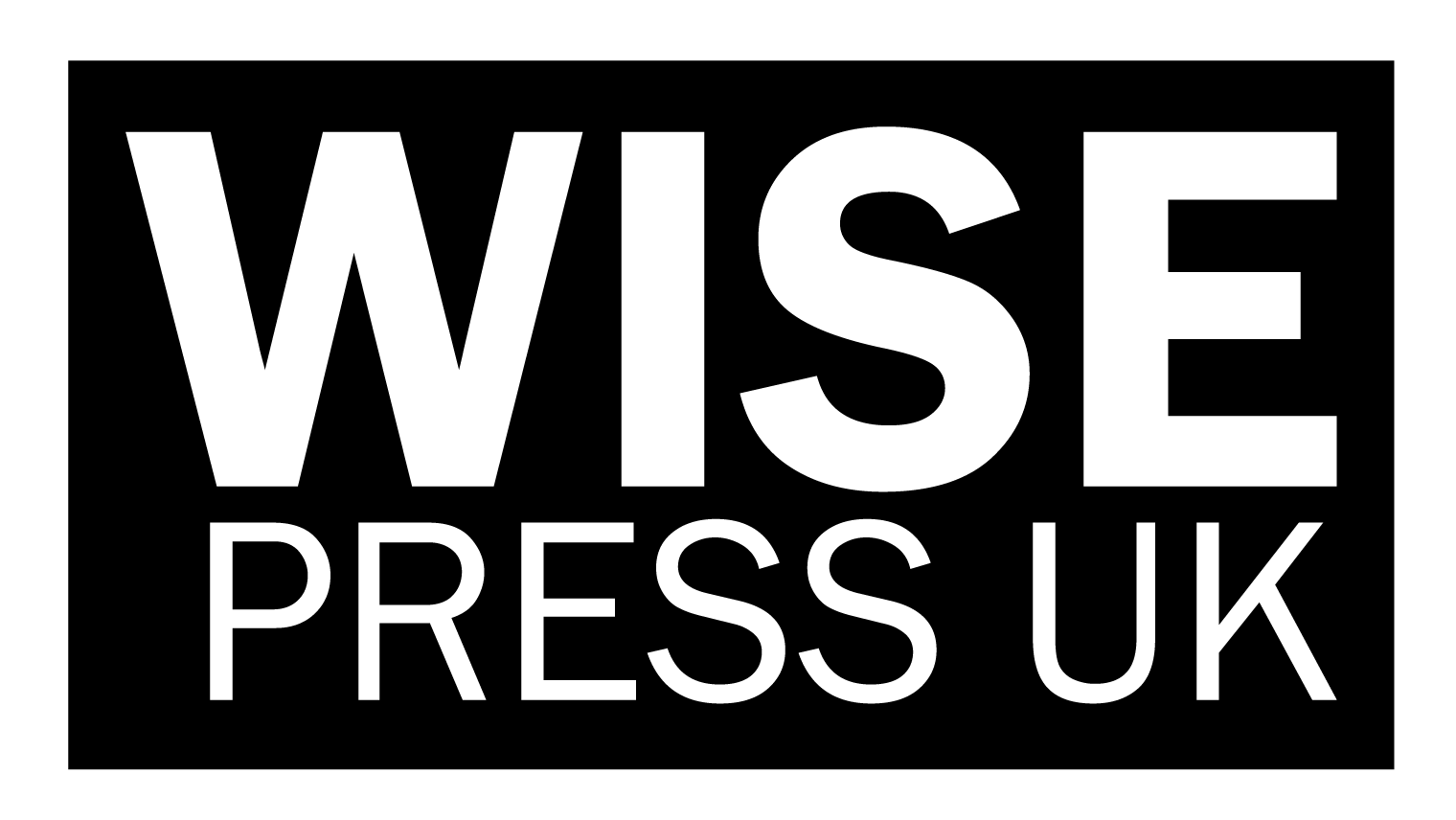Determining Gender Issues in Technical and Vocational Education and Training (TVET) and its Influencing Factors in the Philippines
DOI:
https://doi.org/10.61707/5q85rd97Keywords:
Gender Issues, Gender Role, Gender Stereotyping, Gender Norms, Gender SchemaAbstract
The Philippines pledged to help attain the Sustainable Development Goals, such as eradicating poverty, promoting quality education, and achieving gender equality. In the country, Technical and Vocational Education and Training (TVET) helps encourage employment opportunities and contributes to poverty alleviation efforts. Gender-related issues within TVET have the potential to restrict career opportunities, leading to unequal access to education, limited employment prospects, and job segregation, which lead to a worsening poverty rate. This research aims to determine gender-related issues and their factors. The study utilized the Gender Schema Theory, Social Role Theory, and Population Theory of Discrimination to craft the research questionnaire and analyze the results. The study employed a mixed-method research approach, incorporating qualitative and quantitative methodologies. Purposive and convenience sampling was used to select the participants, and there were 133 trainees and 7 trainers with 140 participants. To get quantifiable data, a self-made survey questionnaire was developed with five Likert-type scales, and for qualitative, a semi-structured interview format with open-ended questions was employed. The findings revealed that social roles, gender schema, and pollution theory indeed contribute to gender issues in TVET. In conclusion, gender equality, especially in TVET, necessitates a comprehensive approach involving the nation. While transforming societal perceptions of gender roles, norms, and stereotypes is a formidable task, initiating change in how children perceive gender is a crucial starting point, as gender schema is the primary contributing factor to these identified gender issues.
Downloads
Published
Issue
Section
License

This work is licensed under a Creative Commons Attribution-NonCommercial-NoDerivatives 4.0 International License.
CC Attribution-NonCommercial-NoDerivatives 4.0



